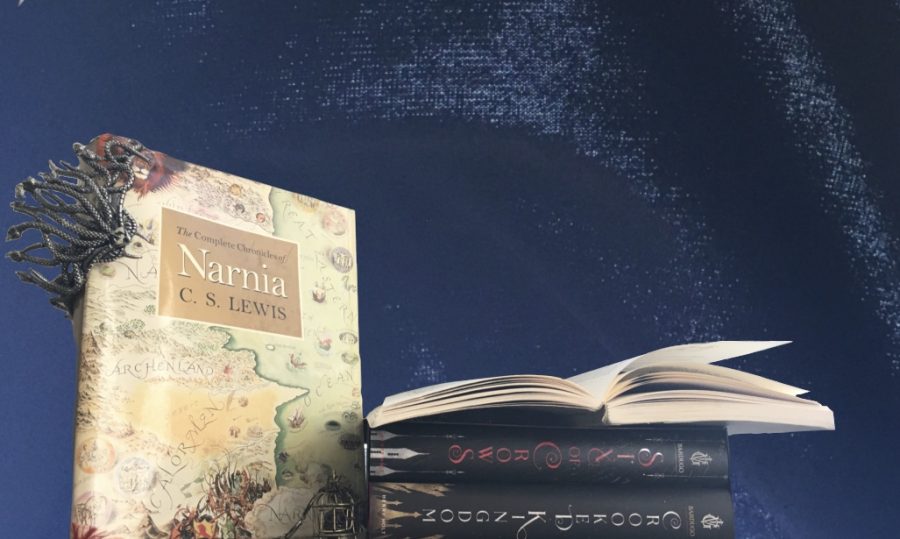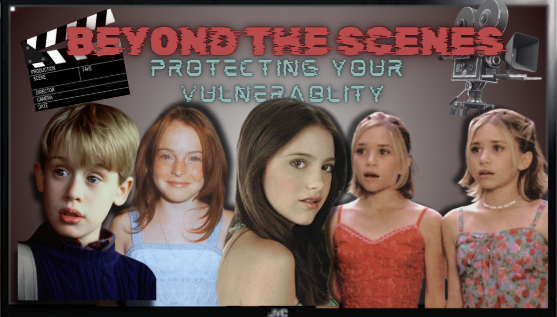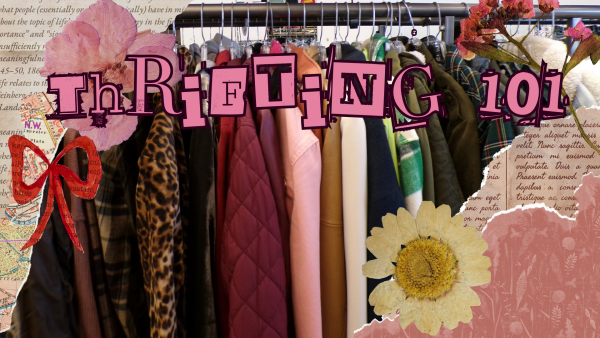Whats the Appeal? Morally Grey Characters in Media
In recent years the infamous “morally grey” character has seemingly taken the internet by storm. They usually aren’t the protagonist and tend to be secondary characters in the plot, excluded from being the hero due to their nature. Defined by Christopher Kokoski a morally grey character is one who “wobbles” in the area between good and evil, sometimes leaning to one side or another yet never fully crossing the line into either.
It’s important to acknowledge the difference between morally grey characters and characters who have gone through tragedy. Tragic characters are the characters with sympathetic traits which, despite intentions, suffer a tragic fate. While these two types of characters certainly can overlap and often do, they are two different character archetypes altogether.
Currently, morally grey characters have been making more of an appearance in mainstream media. Some of the most well-known characters include Tony Stark from the Marvel Cinematic Universe and Severus Snape in Harry Potter. These types of characters are often received positively by the audience, gaining large fan communities and giving companies revenue.
Alianna Pavell, a sophomore at Chandler High School, explains, “[Morally grey characters] are unpredictable. You always want to say, what are they gonna do next? You always want to see where they stand.”
Grey characters have been around since stories have been told such as the Huntsman from Snow White and Mr. Darcy in Pride and Prejudice and people are intrigued by morally grey characters’ unpredictability and confusing ways.
Rylee Bakx, a senior at Huntington Beach High School, offered her own reason for why people are drawn toward these characters. “Morally grey characters are appealing because they show what it means to be humane and they give you a sense of how people actually act,” she explained.
“In real life, people way more closely represent morally grey characters than they do the protagonist or the antagonist. It’s just not realistic to always have a happy ending, and for morally grey characters they often get screwed out of a happy ending,” Bakx elaborates.
One of the recurring explanations used by fans when asked why they like a character is that they relate to them. People believe that they can connect with the struggling aspect and the familiar feeling of trying your best that these characters offer.
If interested in seeing more morally grey characters feel free to look at the different series listed below!
Books:
Six of Crows by Leigh Bardugo
Vicious by V.E. Schwab
If We Were Villains by M. L. Rio
Shadow and Bone by Leigh Bardugo
Red Queen by Victoria Aveyard
An Ember in the Ashes by Sabaa Tahir
To Kill a Kingdom by Alexandra Christo
A Darker Shade of Magic by V.E. Schwab
Television;
The Walking Dead
Batman: The Animated Series
How to Get Away With Murder
Daredevil
Once Upon a Time
Glee
Your donation will support the student journalists of Huntington Beach High School. Your contribution will allow us to cover our annual website hosting costs.
Thank you for supporting our program!







